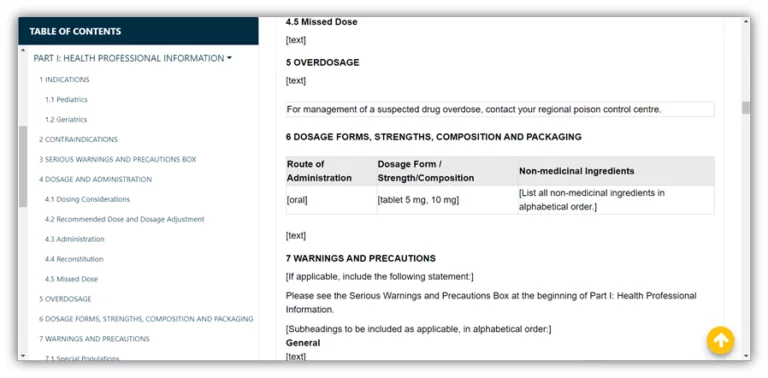The global landscape of health is dynamic and ever competitive, especially when it comes to life sciences. As the year 2016 has just started, we are analyzing the imperative shift in the trends of the market, cities and service lines for life sciences (as witnessed in the previous year 2015).
The world of shrinking space, untamed connectivity, growing demography, alluring pharmaceutical trends and optimized solutions are changing the face of life sciences in the most undisputed manner. The shift is not only affecting the policymakers but is also changing the front-end situations of hospital leadership, investors, and manufacturers. Let’s unravel the 5 top trends in Life Science Industry that you need to understand for a successful start in 2016.
- The Rise of Integrated Approach: The year 2015 in Life Sciences has seen the growing significance of integrated approach to compliance. The urge of using a fully integrated erp solution that serves multiple roles in management is vital. Using a solution that is developed by some credible regulatory professionals, and comprehends well with the Federal regulations is required for ensuring quality management and improvement.
- The Shift in Dominance: Though North America and Europe have been the dominant source of PCT (Patent Cooperation Treaty) applications, it is suggested that the industry will soon witness a major shift. Global innovation is likely to take place in other countries like Asia, Latin America, and Caribbean countries. However, it is evident that countries like North America and Asia will lead the business domain for life sciences this year. The year 2016 will also see personalized biologics from other advanced cities.
- Regulation and Taxations: The United States (followed by Japan) is said to have the most influential corporate statutory tax burdens. Though it is speculated that the innovation is driving down in these countries, it is also a proven fact that the US and Japan have the best regulatory systems in existence. In the coming times, the productivity, transparency and the political setup of these countries are going to compliment the entire life sciences industry in the best possible way.
- Countering Management Barriers: Entering the world of Life Sciences as an entrepreneur will become relatively easy and convenient in future. The highest barriers to entrepreneurship in life Science (employed in some developing nations) will be limited. It is also estimated that the labor productivity in Life Science will rise at the rate of 5 percent in developing and 1 percent in the developed nations.
- The Concentration and R&D Funding: If the current data is to believe, then only 10 major countries share the 80 percent space in the global R&D positioning. The potential growth of research and development is highly driven by businesses, the confidence that the investors have in the setup and economies involved in the process. It is estimated that in life sciences, soon China will emerge as a dominant power for overall R&D spending.
Written by: Navtej Sekhon

